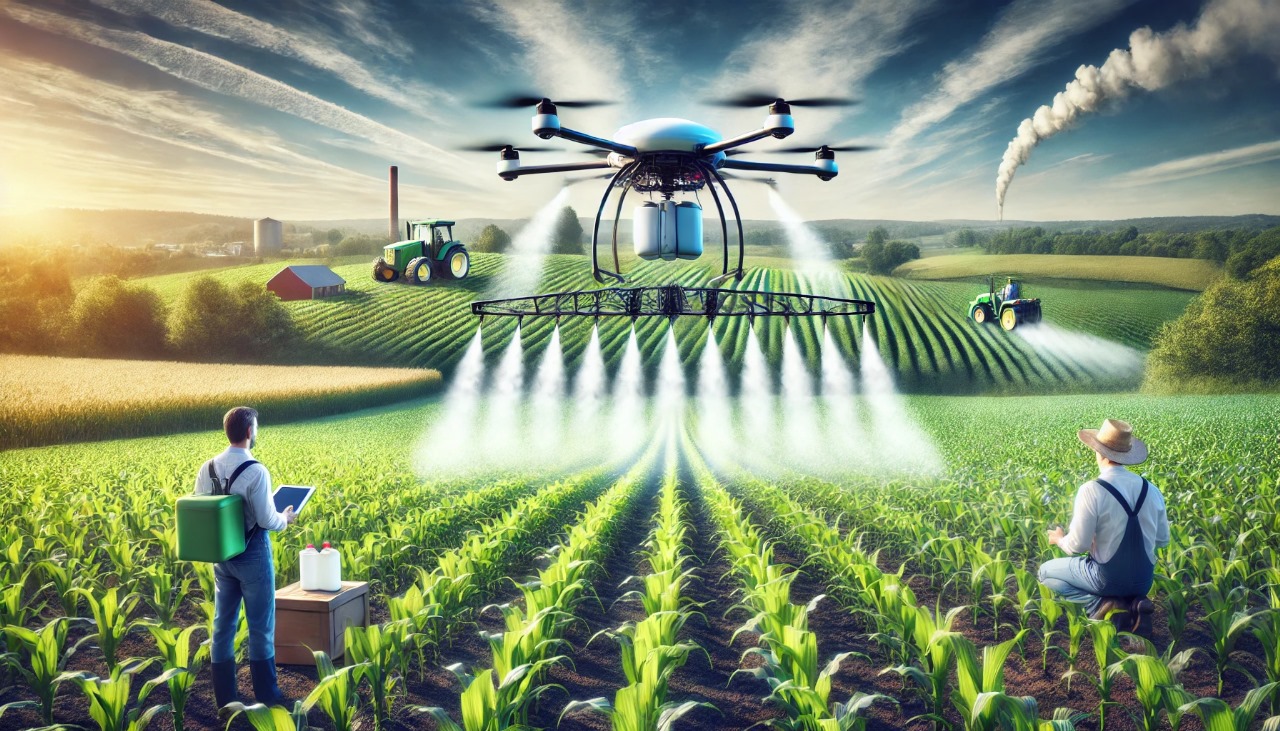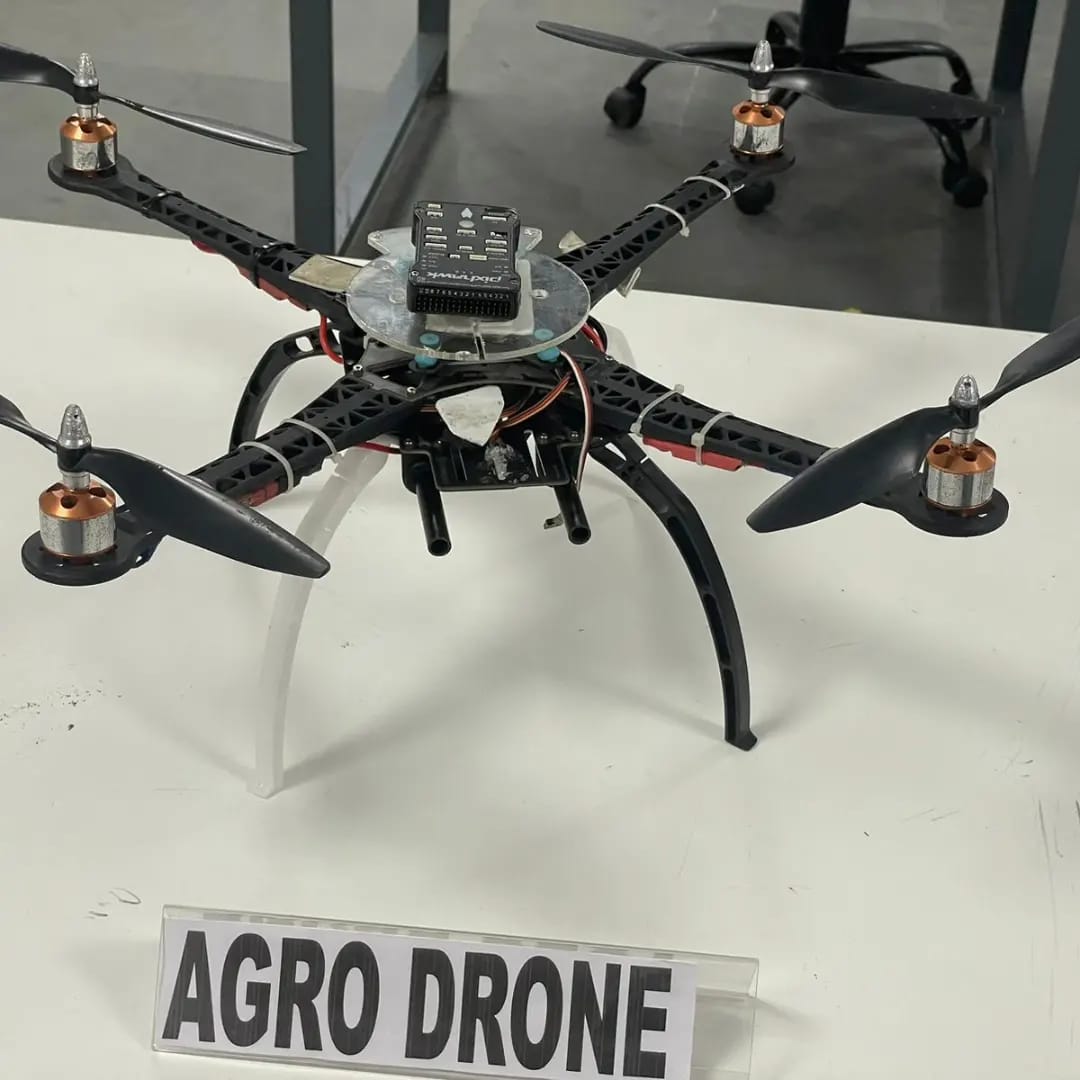
Introduction to Drone Technology
In the tapestry of technological advancement, few threads have been woven as intricately and impactfully as drone technology. These unmanned aerial vehicles (UAVs) have transcended their military origins to permeate myriad sectors of our society, none more profoundly than agriculture. This blog post delves into the definition and evolution of drones, exploring their burgeoning popularity before honing in on their transformative role in modern farming practices.
The Genesis and Metamorphosis of Drones
Drones, in their essence, are aircraft piloted remotely or autonomously. Their inception dates back to the mid-20th century, primarily serving military reconnaissance purposes. However, the last two decades have witnessed an unprecedented evolution in drone technology, catapulting these devices from niche military tools to ubiquitous civilian assets.

The miniaturization of components, advancements in battery technology, and the integration of sophisticated sensors and cameras have collectively propelled drones into the mainstream. Today’s drones boast an impressive array of capabilities, from high-resolution imaging to precision GPS navigation, making them indispensable across industries ranging from cinematography to search and rescue operations.
The Agricultural Revolution from Above
Nowhere is the impact of drone technology more palpable than in the realm of agriculture. As the global population burgeons and climate change exerts increasing pressure on food production systems, farmers are turning to drones as a cornerstone of precision agriculture.
Crop Monitoring and Health Assessment
Drones equipped with multispectral and hyperspectral cameras can capture intricate details about crop health invisible to the naked eye. By analyzing the reflectance patterns of crops, farmers can detect early signs of pest infestations, nutrient deficiencies, or water stress. This early warning system allows for targeted interventions, minimizing crop losses and optimizing resource allocation.
For instance, a vineyard in California’s Napa Valley employed drone technology to identify areas of water stress in their grapevines. By capturing thermal images, the drones revealed temperature variations across the vineyard, allowing for precision irrigation that reduced water usage by 25% while improving grape quality.
Precision Application of Inputs
The days of blanket application of pesticides and fertilizers are waning. Drones are at the forefront of variable rate technology, enabling the precise application of inputs based on real-time data. This not only reduces chemical usage but also mitigates environmental impact.
A case in point is a large-scale wheat farm in Kansas that utilized drones for targeted herbicide application. By identifying weed-prone areas through drone imagery, the farm reduced herbicide use by 40% compared to traditional methods, resulting in substantial cost savings and reduced environmental footprint.
Livestock Management
Drones are not limited to crop farming; they’re revolutionizing livestock management as well. In the vast rangelands of Australia, drones equipped with thermal cameras are used to locate and monitor cattle across expansive properties. This technology has dramatically reduced the time and resources required for livestock inventory and health checks.
Soil and Field Analysis
Before a seed is even planted, drones play a crucial role in field planning and soil analysis. By creating 3D maps of field topography, farmers can optimize planting patterns, drainage systems, and irrigation layouts. Furthermore, drones can assess soil quality and composition, enabling precise soil management strategies.
The Road Ahead: Challenges and Opportunities
As we stand on the cusp of widespread drone adoption in agriculture, several challenges loom on the horizon. Regulatory frameworks struggle to keep pace with technological advancements, raising questions about privacy, airspace management, and data ownership. Moreover, the initial investment required for drone technology can be prohibitive for small-scale farmers, potentially exacerbating existing inequalities in the agricultural sector.
Nevertheless, the trajectory of drone technology in agriculture is undeniably upward. Ongoing research into autonomous swarm technology promises to further enhance the efficiency and coverage of drone operations. Additionally, the integration of artificial intelligence and machine learning algorithms is set to revolutionize data analysis, providing farmers with actionable insights at unprecedented speed and accuracy.
The advent of drone technology in agriculture marks a paradigm shift in our approach to food production. By marrying the age-old practice of farming with cutting-edge aerial technology, we are witnessing the dawn of a new era in agriculture — one characterized by precision, efficiency, and sustainability. As we navigate the challenges and harness the opportunities presented by this technology, one thing is clear: drones are not just flying over our fields; they are cultivating the future of agriculture.








